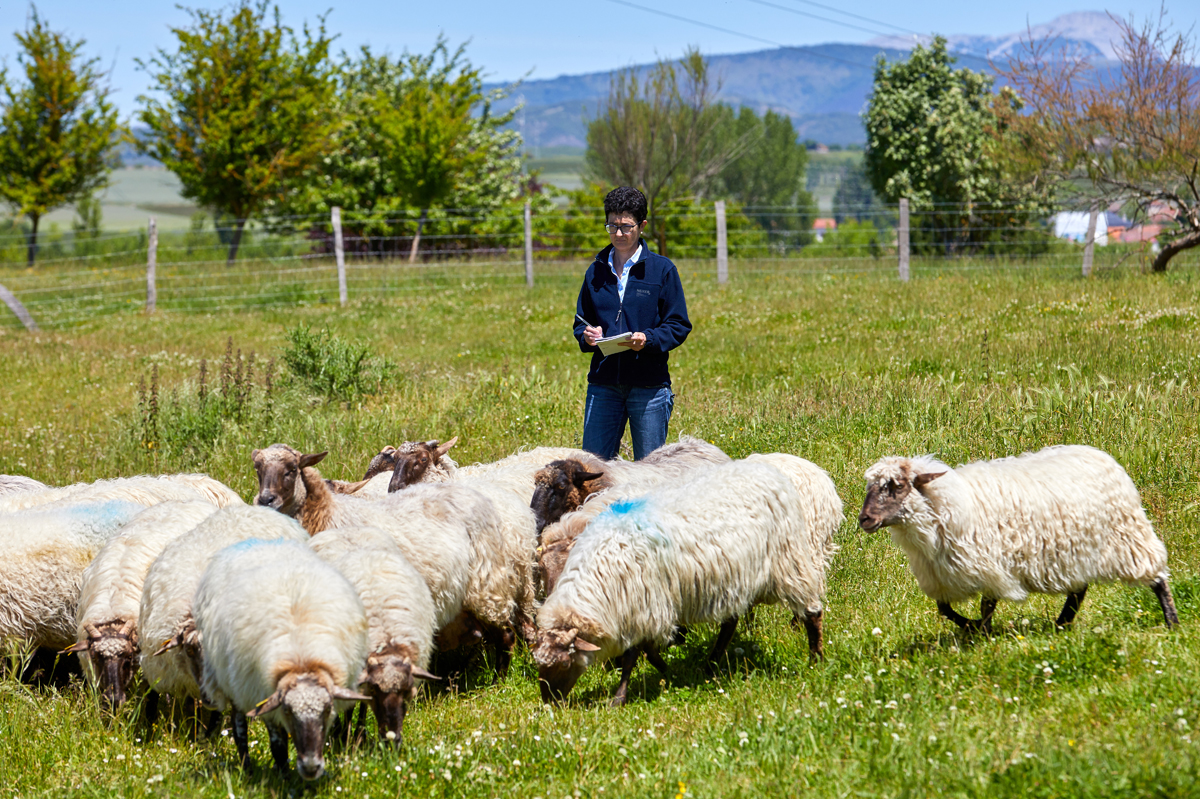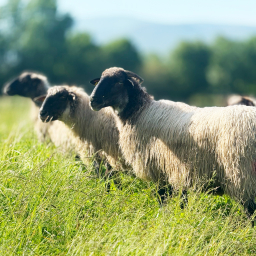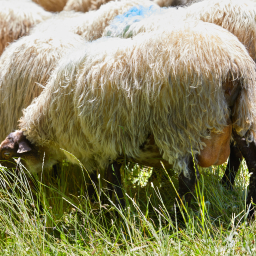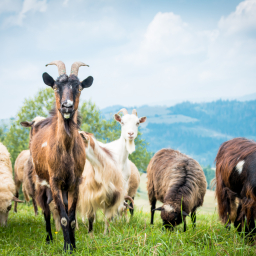NEW
Artificial insemination in sheep: factors affecting its effective application in the practice
10 June 2025
- At NEIKER we analyse factors such as age, body condition score or the stage of the animal’s reproductive cycle in order to apply this reproductive technique with greater precision.
Improving reproductive efficiency in sheep is a constant objective in production systems, due to its impact on productivity and its relation to flock planning and economic sustainability. Despite advances in management techniques difficulties in obtaining consistent results remain, particularly when applying techniques such as artificial insemination (AI), which require precise planning and are influenced by biological, environmental and management factors.
In this context, at NEIKER we conduct applied research to analyse the factors that influence the results of artificial insemination in sheep offering the livestock sector technical criteria to enhance the efficiency of this practice under real production conditions. Our approach focuses on understanding the interaction between management, animal physiology and environmental conditions to optimise the results that this reproductive tool can provide. Specifically, the centre analyses factors such as the age of the ewes, their reproductive history, the time elapsed since the last lambing and AI, their body condition score, and whether they were successfully inseminated in previous stages. We also consider whether the ewes are in the milking period and how their body condition evolves during the weeks before and after AI. This enables us to create a profile to guides the selection of animals on farms.
“Generally, the best results are obtained when ewes are between 150 and 250 days after lambing, when they present an adequate body condition score and do not lose weight after insemination,” explains Ina Beltrán de Heredia, a NEIKER researcher.
Factors to consider
In addition to the characteristics of the animals themselves, other factors such as the number of ewes inseminated per flock, the management surrounding the process, environmental conditions and feeding regimes must be considered. It is therefore recommended that the number of ewes per lot does not exceed 150 in order to adapt management to the needs of the group.
Environmental conditions also have an effect. “In our experience, average temperatures between 14 and 22 ºC on the day of insemination, together with humidity levels of around 75 % and rain in the previous days, are associated with higher fertilization rates,” the researcher explained.
In terms of feeding, it is preferable for ewes to gain weight before and after insemination and for the rams to have been prepared for at least the previous two months.
The applied protocol must also be considered. In sheep, we use exogenous hormones to synchronise oestrus and ovulation, enabling us to schedule insemination without needing to detect oestrus. This technique requires precise programming, since the refrigerated semen must be applied cervically 55 hours after the treatments is withdrawn.
Application in the sector
The conclusions drawn from the research are put into practice through collaboration with the Latxa sheep farming associations (ACOL, AGORALA, ELE and ASLANA), the artificial insemination centre, ARDIEKIN and other specialised entities, both nationally and internationally.
Additionally, this knowledge is shared with the sector through training actions aimed at livestock, technical and control personnel, to facilitate its implementation in practical farming conditions. One example of this is the LIFE GREEN SHEEP project, in which open days and meetings with the sector have been held to present the use of artificial insemination as a sustainable farming tool, in which reproductive improvement is also related to food efficiency and emissions reduction.
Looking to the future, we will continue to analyse new factors that may affect the efficiency of the technique as well as incorporating emerging technologies to improve the genetic and reproductive performance of sheep. In this endeavour, we collaborate with organisations such as CONFELAC, IDELE, INRAE and CDEO, participating in projects such as GC4SHEEP and ARDI2, which focus on optimising artificial insemination and adapting it to different production systems.






